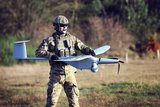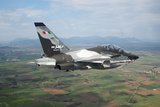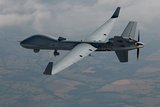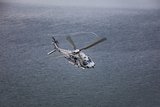Industrial benefit or political distraction? Navigating the final assembly line
The F-35 is a popular combat jet with several different countries as customers around the world, including Italy. (Photo: Lockheed Martin)
The offer of a domestic final assembly line, alongside industrial offsets, is an often-used bargaining chip in the complex ecosystem of securing combat aircraft export contracts. But does rolling out its own aircraft from an in-country plant really make economic or industrial sense for the customer nation?
In the world of defence procurement, politics often trumps logic. However, political decisions regarding major investments, such as ordering a fleet of fast jets, usually need strong justification. These may surface as local economic benefits (especially jobs), which might also be rather nonsensical within the framework of a wider national industrial policy. Add
Already have an account? Log in
Want to keep reading this article?
More from Air Warfare
-
![Leonardo signs contract on Austria’s M-346 aircraft order]()
Leonardo signs contract on Austria’s M-346 aircraft order
The first of the 12 M-346 aircraft are expected to be delivered to the Austrian Air Force by 2028, according to the company.
-
![2025 UAV market review: $7.8 billion in new contracts signed as US leads spending]()
2025 UAV market review: $7.8 billion in new contracts signed as US leads spending
Qatar and Indonesia followed the US’s high spending on new uncrewed aerial vehicle contracts across 2025, while MALE and micro drones and loitering munitions were particularly popular subcategories this year.
-
![German Navy in “ramp-up” phase as it welcomes first NH90 Sea Tiger delivery]()
German Navy in “ramp-up” phase as it welcomes first NH90 Sea Tiger delivery
With all 31 aircraft set to be delivered by 2030, the helicopters will gradually replace the ageing Sea Lynx fleet which are due to be retired in 2026.





















